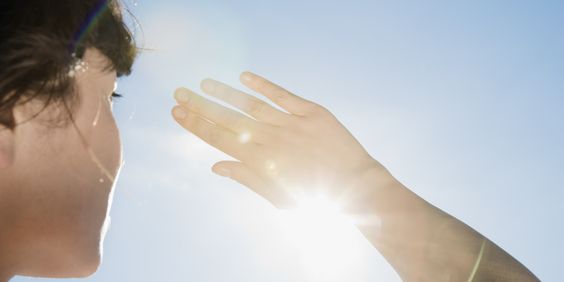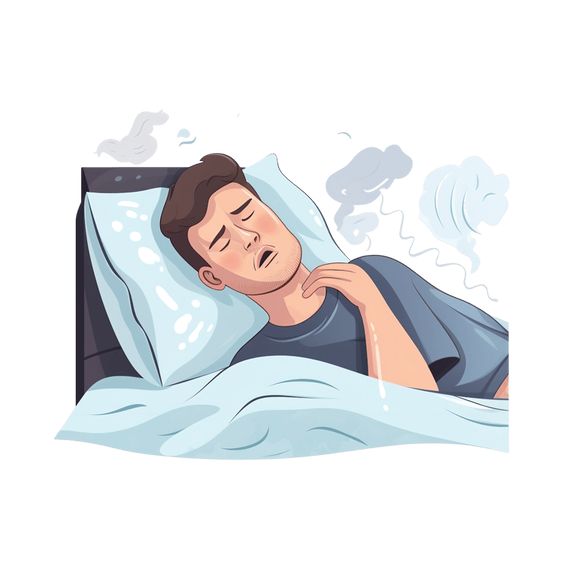Introduction
The sun's ultraviolet (UV) radiation is the primary cause of skin cancer, but did you know that it can also cause a range of other skin conditions? UV radiation damages your skin cells' DNA, leading to various issues, from premature aging to more severe health concerns.

This article will delve into various skin conditions caused or exacerbated by UV exposure. We'll discuss their symptoms, causes, and available treatments. By understanding the risks and taking preventive measures, you can protect your skin and overall health from the harmful effects of the sun.
Common Skin Conditions from UV Exposure
Sunburn
Sunburn is the most immediate and recognizable effect of excessive UV exposure. It manifests as red, painful, and sometimes swollen skin. In severe cases, blisters may develop, and you might experience fever, chills, and nausea.
Premature Aging
Prolonged and repeated UV exposure accelerates skin aging. This process, known as photoaging, results in wrinkles, fine lines, age spots, leathery texture, and uneven skin tone.
Sun Allergy
Sun allergy, or polymorphic light eruption, is an immune system reaction triggered by UV exposure. It causes itchy, red rashes or small, fluid-filled blisters on exposed skin.
Actinic Keratosis
These rough, scaly patches appear on sun-exposed areas like the face, lips, ears, and backs of hands. Actinic keratosis is considered precancerous, meaning it can develop into squamous cell carcinoma if left untreated.
Skin Cancer
UV radiation is a significant risk factor for skin cancers, including basal cell carcinoma, squamous cell carcinoma, and melanoma. Recognizing unusual moles, sores, or growths on your skin and seeking prompt medical attention is crucial for early detection and treatment.
Protecting Your Skin from UV Damage
Protecting your skin from the sun's harmful UV rays is essential for maintaining its health and appearance. Here are some preventive measures:
- Seek shade: Especially between 10 a.m. and 4 p.m. when the sun's rays are strongest.
- Wear protective clothing: Long-sleeved shirts, pants, wide-brimmed hats, and sunglasses offer effective protection.
- Apply sunscreen: Use a broad-spectrum sunscreen with an SPF of 30 or higher, even on cloudy days, and reapply every two hours, especially after swimming or sweating.
- Avoid tanning beds: These emit harmful UV rays that increase your risk of skin cancer and premature aging.
- Check your skin regularly: Be aware of any changes in moles, freckles, or other marks on your skin and report any concerns to your doctor.
By understanding the risks associated with UV exposure and adopting protective measures, you can minimize your risk of developing these skin conditions and maintain healthy skin for years to come.





